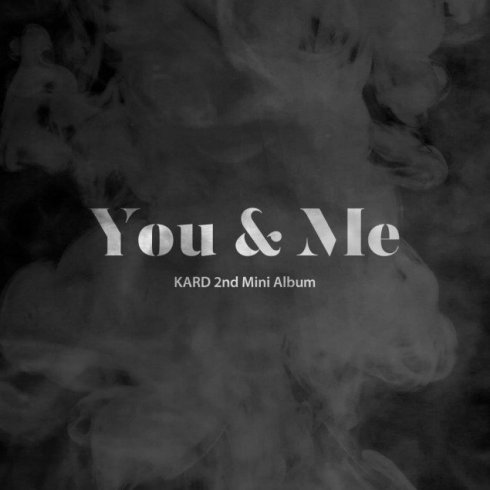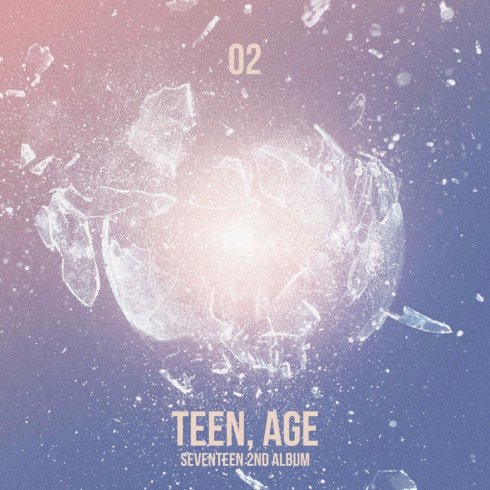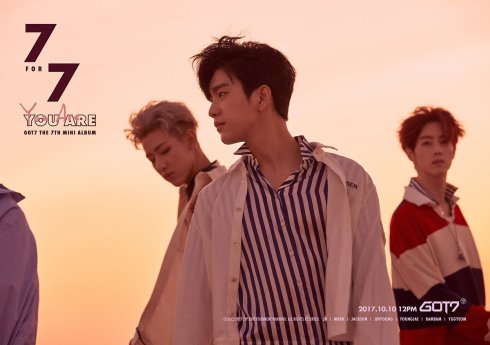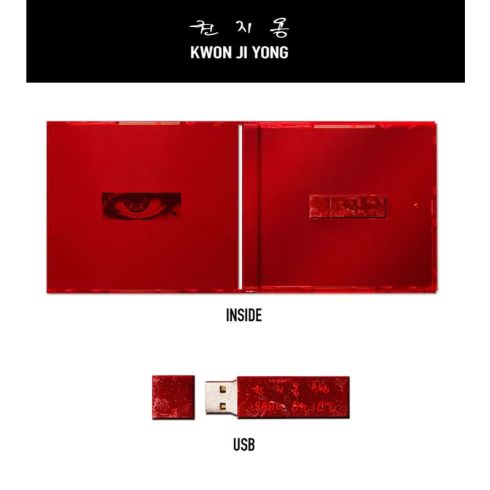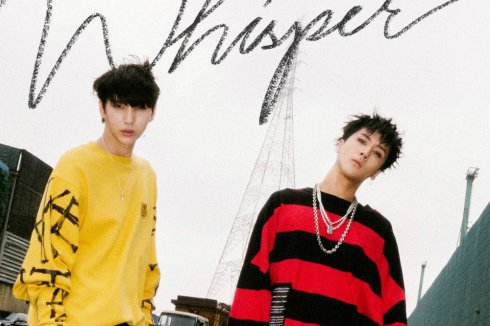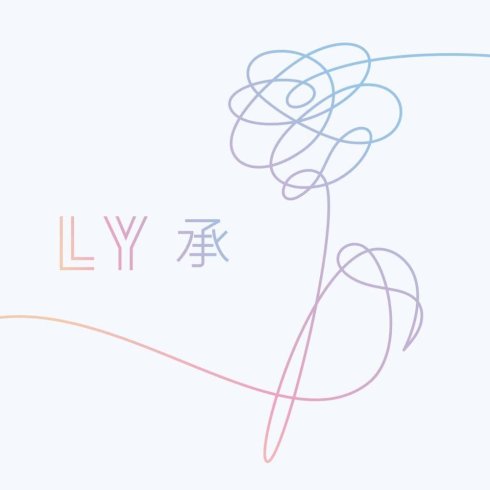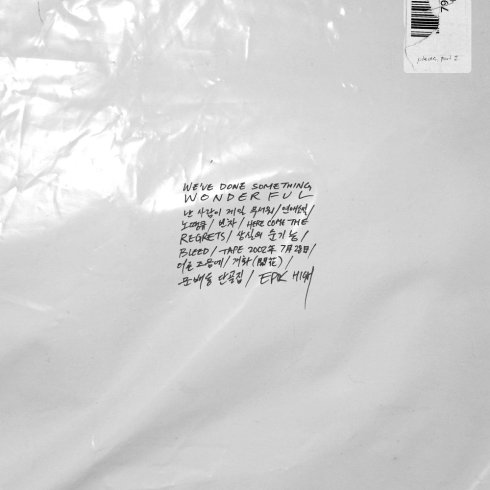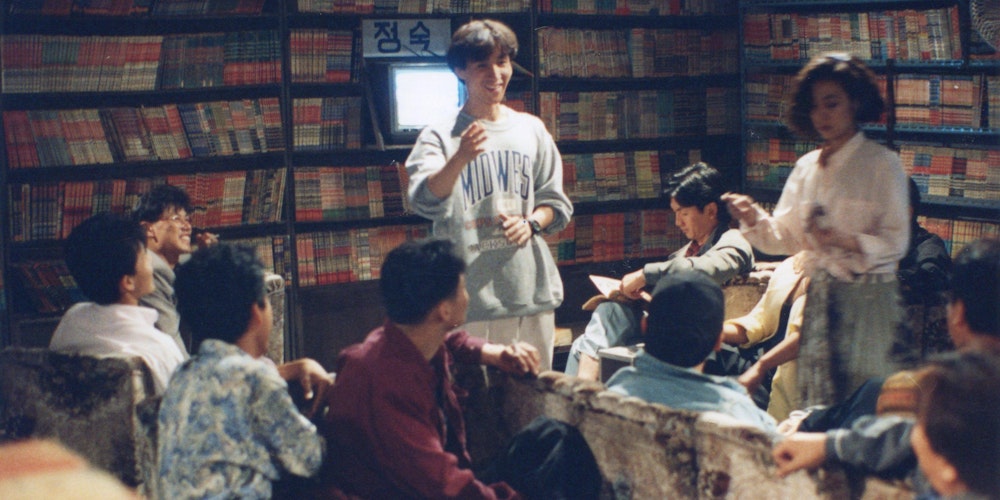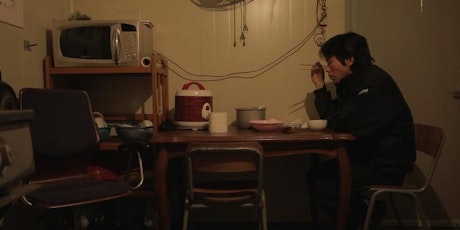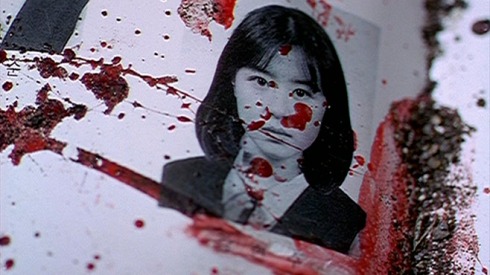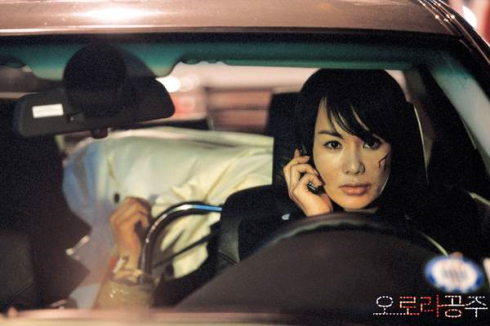Last week, I added Harvey Weinstein to my growing list of producers, actors, distributors, musicians and artists that I actively avoid. Already on this list are Johnny Depp, Woody Allen, Bill Crosby, R-Kelly, Chris Brown and Brian Singer for reasons that I won’t list but should be clear enough without me having to do so. Weinstein’s alleged proclivities were brought to light by Ranon Farrow’s harrowing piece of investigative journalism for The New Yorker.
The report of Asia Argento’s encounter with Weinstein when she was 21 saddened me a great deal as I spent six years writing my thesis on the giallo films of her father, Dario Argento. Asia Argento played the central role in the later two of Argento’s ‘Diva Films’: Opera, Trauma and The Stendhal Syndrome. In The Stendhal Syndrome, Argento plays Detective Anna Manni, who is captured and violently raped by Alfredo Grossi (Thomas Kretschmann) before escaping from the serial killer’s lair: the encounter leaving Anna so traumatised that she begins to suffer from DPD (Dissociative Personality Disorder). The film was released in the same year that the alleged assault took place with film imitating life in the most depressing way possible. In the Italian Press, Asia Argento is being assaulted once again through reports which contend that no assault happened, as she willingly prostituted herself, and therefore consented to the encounter. such as the one in the Libero Newspaper.
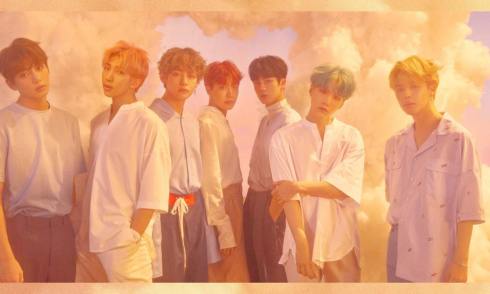
In a series of posts that will deviate from my usual musings on East Asian gothic and horror cinemas, I intend to open up a space for thinking differently about masculinity outside of the dominant hegemonic and toxic forms: the consequences of which we are seeing at the moment across Western society. I am interested in how non-conforming and expressive transgressions of gender, race and sexuality (Phillips and Stuart, 2008, p. 380) can disrupt binaries of oppression and repression and provide a more productive space through which to contend with a culture of patriarchal privilege. Sadly, despite second and third wave feminism in the West, patriarchy doesn’t seem to have changed much in 30 years given the most recent events.
My approach is one of intersectional feminism. Intersectional feminism acknowledges that oppression is experienced differently depending on the intersection of race, sexuality and class that forms one’s identity. My argument here is that it is not enough to teach girls how to negotiate a patriarchal culture that deems them as second class citizens, but doing this without tackling how we teach boys about being men, will never be enough by itself.
As a gothic scholar, I am fascinated by anomalous bodies that exist outside of the symbolic and have the potential to disrupt heteronormative identity constructions. Usually, my focus is on the monstrous body in horror cinema whose difference is clearly marked through a mutation of the flesh. However for the purpose of these series of posts, I am focussing in on East Asian Popular Culture and in particular K-POP with specific reference to BTS, fandom and the construction of a community of care. This is an extension of a conference paper that I gave at ‘Teenage Kicks: Global Teenage Cultures’ at Kingston University, 10th September 2017.
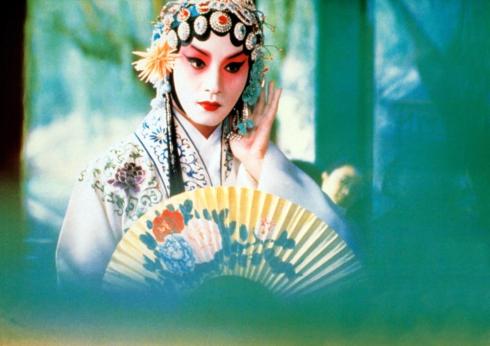
However in order to do so, and in order to highlight the contradictory nature of East Asian masculinities in which non-conformity to traditional gender, sex and sexuality binaries is simultaneously encouraged as performance and repressed as authentic identity as part of this journey, I will be going back in time. Specifically I will be discussing Leslie Cheung Kwok-wing (12th September 1956 – 1st April 2003) – one of Hong Kong’s brightest stars – whose gender crossings and performativity are echoed in the soft masculinity of contemporary K-POP boy groups.
In ‘Indonesian Fan Girl’s Perception towards soft masculinity as represented by K-Pop Male Idol’, Ayunigtyas writes:
Sun Jung (Tunstall, 2014) has defined this as East Asian soft masculinity. She has said that soft masculinity is a hybrid product constructed through the amalgamation of South Korea’s traditional seonbi masculinity (which is influenced by Chinese Confucian wen masculinity), Japan’s bishonen (pretty boy) and global metrosexual masculinity. Masculinity in K-pop seems to be in contrast with Korean traditional masculinity that defined by patriarchal authoritarian masculinity, hard masculinity rooted in compulsory military service for men and true seonbi (Confucian, traditional masculinity referring to young noblemen) (Leung, 2012) (2017, p. 53).
The conflict between soft and hard masculinities in South Korea can be seen in the recent coverage of G-Dragon, one of the members of Big Bang, who is coming up to having to enrol for compulsory military service and who I will also be discussing. He has recently completed a gruelling world tour, Act III, M.O.T.T.E. (Moment of Truth the End), during which he attended the Chanel Spring 2008 show wearing a woman’s sweater from the 2017 collection.

Source: Koreaboo
Elizabeth Peng in Vogue comments:
Often deemed androgynous or gender-bending in a society that maintains traditional, patriarchal values and a noted adherence to manufactured beauty ideals (and plastic surgery), G-Dragon has no qualms sitting atop a white throne in an effete burgundy velvet smoking tuxedo with a matching choker and drop earrings, or crooning a ballad one minute and spitting rhymes among a scantily clad, all-female ensemble the next.
It is clear that despite all this praise, G-Dragon is struggling to separate his Idol status from his authentic identity (if that it is at all possible) – Kwon Ji Yong – and has recently admitted to feeling overwhelmed by his schedule and expectations. There are reports that G-Dragon, talking about his impending enlistment in his final concerns in Taiwan, said “I have to go somewhere so I can become a man“. What then does it mean to be a man seems to be the question? Is it to put aside those things that are not considered ‘manly’? Research shows that manliness is imprinted at a very early age with the need for comfort, food and protection from the parent being overcome by gendered expectations. In ‘Toxic Masculinity is Killing Men: The Roots of Men and Trauma’, Kali Holloway points out that:
The emotionally damaging “masculinization” of boys starts even before boyhood, in infancy. Psychologist Terry Real, in his 1998 book I Don’t Want to Talk About It: Overcoming the Secret Legacy of Male Depression, highlights numerous studies which find that parents often unconsciously begin projecting a kind of innate “manliness”—and thus, a diminished need for comfort, protection and affection—onto baby boys as young as newborns. This, despite the fact that gendered behaviors are absent in babies; male infants actually behave in ways our society defines as “feminine.” (2015)
As such, boys learn to be emotionally distant in order to ‘become’ men, which means that they need to put aside ‘feminine’ attributes. G-Dragon mentions not painting his nails any more in his reflections on his upcoming military service in order to adopt the appropriate hegemonic masculinity which is necessary to become a ‘man’ in South Korea. However at the same time, we need to be cognisant that as Connell and Messerschmidt point out that: “Masculinities are configurations of practice that are accomplished in social action and, therefore, can differ according to the gender relations in a particular social setting” (2005, p. 843). This is clear in the gendered aesthetics of K-POP:
Most commentaries on gender and sexuality in K-pop focus on male idols’ androgynous presentations. Men with “soft” or “delicate” features, commonly referred to as a kkonminam (“flower man”), have been central to the visual branding of K-pop and to Korean hallyu more generally. The dissemination of new images of male bodies creates space for a vibrant aesthetic imaginary around male fashions, friendships, and intimacies, and the heightened visibility of the kkonminam in superstar groups like BigBang, BTS, Infinite, SHINee, and Super Junior also has particular resonances in a Korean context (Laurie, 2008, p. 221).
The fandom surrounding K-POP groups focusses in on close physical and emotional intimacies (which I want to clearly differentiate from sexual intimacies) between young men, and it is this intimacy which is key to the construction of a community of care that exists around any particular fandom. I have chosen to focus on BTS due to the interaction between the group and their fans as well as the group’s well documented desire to be a voice for the young. Their 2017 single ‘Not Today’ has a powerful anti-suicide message behind it, which given the high rate of youth suicides in South Korea (and Japan), gives their work an activist edge which is missing from some of the other K-POP groups.
References
Ayuningtyas, P (2017). Indonesian Fan Girl’s Perception towards soft masculinity as represented by K-Pop Male Idols, Lingua Cultura, 11(1), May 2017, 53-57
Laurie, T. (2016) Toward a Gendered Aesthetics of K-Pop In: Chapman, I. and Johnson, H. (eds). Global Glam and Popular Music: Style and Spectacle from the 1970s to the 2000s(Vol. 11). Routledge, pp: 214-231.
Phillips, L. and Stewart, M.R., (2008). “I Am Just So Glad You Are Alive”: New Perspectives on Non-Traditional, Non-Conforming, and Transgressive Expressions of Gender, Sexuality, and Race Among African Americans. Journal of African American Studies, 12(4): 378-400

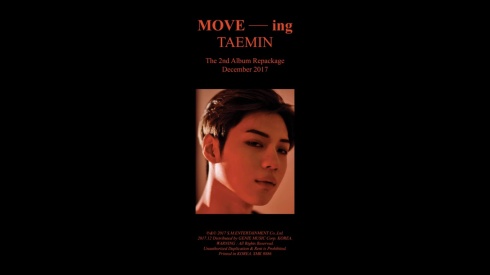
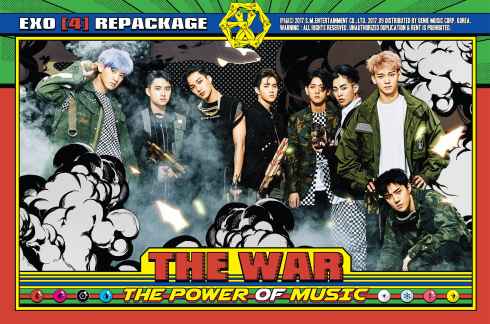
![vixx-mini-album-vol.-4-shangri-la-cd-[2]-5663-p](https://orientalnightmares.files.wordpress.com/2017/12/vixx-mini-album-vol-4-shangri-la-cd-2-5663-p.png?w=490)
